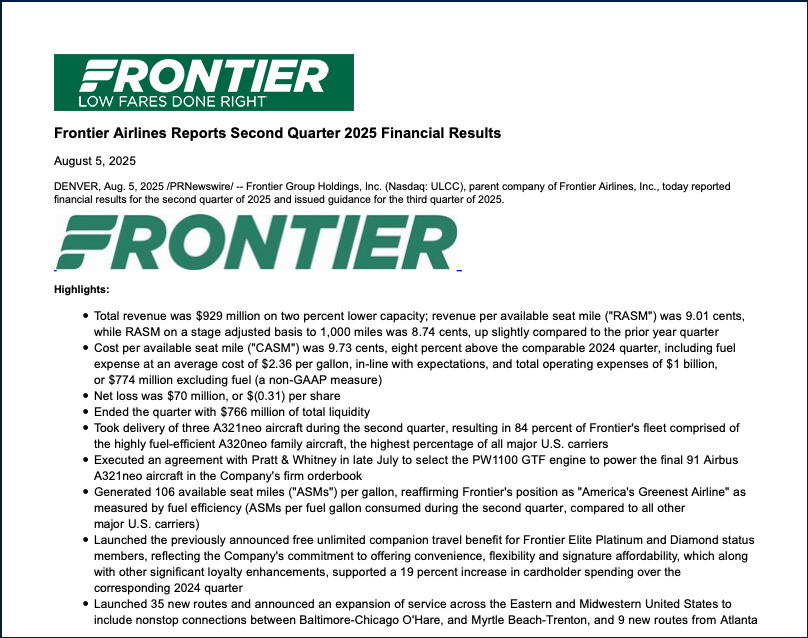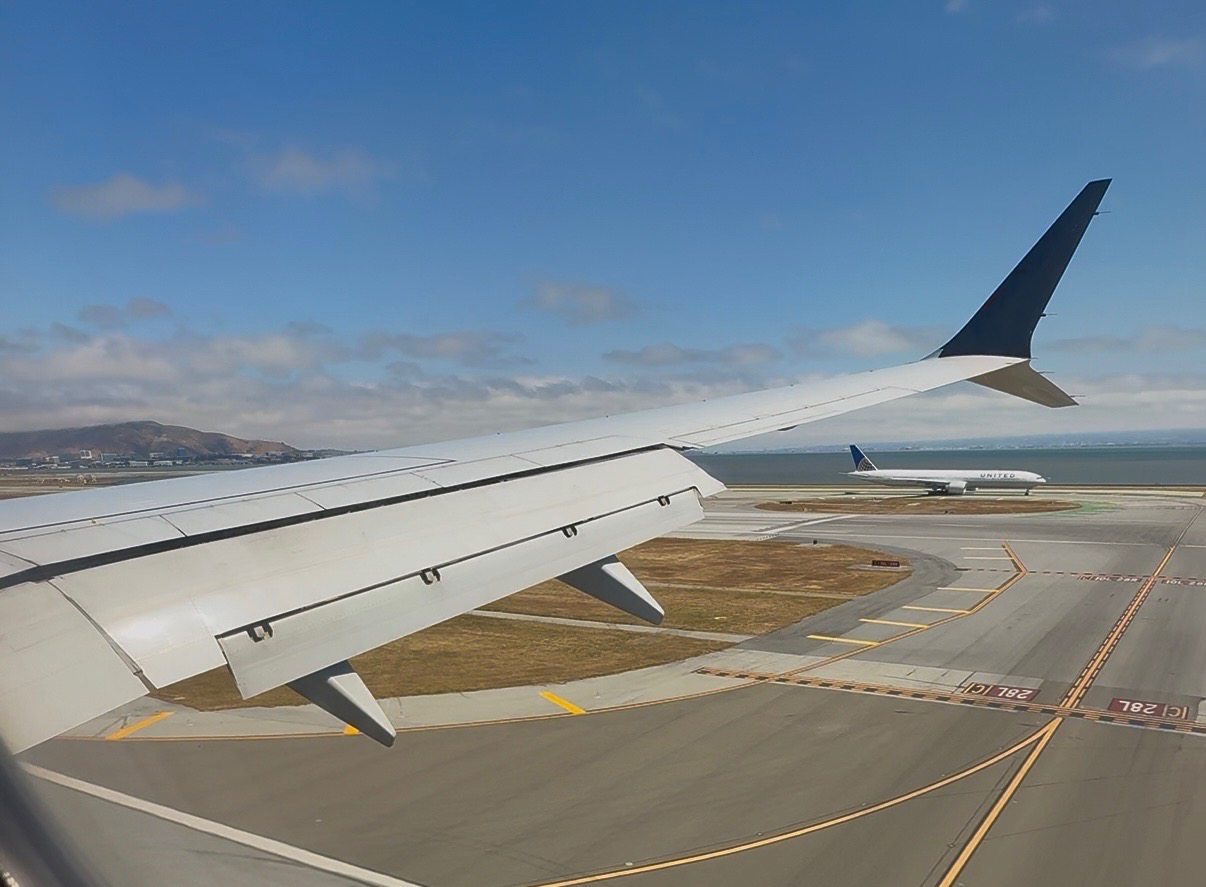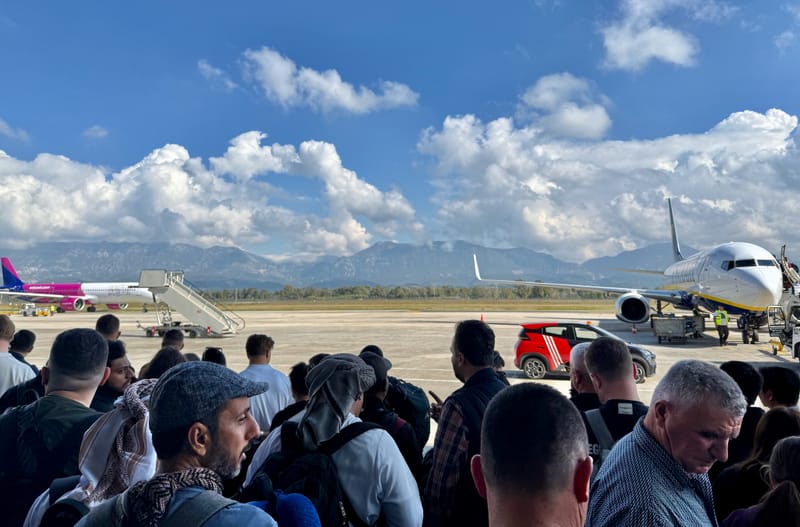“The entire industry is not making money” warns Frontier Airlines CEO—Q2 earnings shed further light
Frontier Airlines CEO Barry Biffle is warning that much of the U.S. domestic airline market is unprofitable. Frontier's new Q2 earnings report reveals why.
Barry Biffle, Chief Executive Officer of Frontier Airlines, used the company’s Aug. 5, 2025 earnings call to deliver one of the clearest and most concerning assessments of the U.S. domestic airline market this year. His remarks, combined with Frontier’s second-quarter 2025 financial results, outline the challenges facing carriers amid overcapacity, rising costs, and shifting travel demand.
In Biffle's estimation, the current economics of domestic flying are unsustainable industry-wide. "We believe that the entire industry is not making money,” he said on Frontier's earnings call, noting his comments excluded codeshare traffic and international routes. According to the Frontier Airlines CEO, the fundamental issue is an excess of available seat supply relative to demand.
This imbalance has driven significant volatility in revenue performance during 2025. Frontier’s revenue per available seat mile (RASM) increased 20 percent year-over-year in January, before moderating to flat by February and turning negative in March and April. Modest gains returned in May, June, and July, with August described as “wildly positive” and September advance sales currently tracking yields approximately 15 percent higher.
Absent a meaningful increase in demand, Biffle expects the industry to respond as it has in prior downturns—by reducing capacity:
"If you look in history...there’s going to continue to be reductions in capacity. And one of the mechanisms that helps make that easier to do is consolidation." -Bill Biffle, Frontier CEO
The Numbers Behind the Warning
Frontier’s latest financial results underscore why Barry Biffle is sounding alarms about domestic air travel. In Q2 2025, the airline generated $929 million in total revenue, down 5% from the same quarter last year despite carrying fuller flights—the load factor ticked up to 79.3%. The company posted a net loss of $70 million, a sharp reversal from the $31 million profit reported in Q2 2024.

Key unit metrics show how the economics have shifted. Revenue per available seat mile (RASM) slipped 2% year-over-year to 9.01¢, though it edged higher on a stage-length adjusted basis. Meanwhile, cost per available seat mile (CASM) rose 8% to 9.73¢, with CASM excluding fuel jumping 20% due to lower aircraft utilization and timing of asset sales. Average daily aircraft utilization fell 13%, magnifying fixed costs despite 84% of the fleet now comprising the more fuel-efficient A320neo family.
Context in the Domestic Airline Industry
Biffle’s remarks align with a growing chorus from other airline chiefs. United Airlines’ Scott Kirby has pointed out that many carriers have a double-digit percentage of unprofitable routes, while Delta’s Ed Bastian has warned of booking slowdowns tied to safety concerns earlier this year. American Airlines’ Robert Isom has pushed back on the most pessimistic outlooks, but acknowledged the challenge of coaxing more domestic travelers into higher-margin international flying.
For Frontier, these warnings are paired with clear financial strain. The first half of 2025 included an economic shock that derailed early-year momentum, high-profile weather and ATC disruptions in late May and June, and a domestic market still working through excess seat supply relative to demand.
What Frontier Is Doing About It
Despite the headwinds, Frontier is rolling out targeted initiatives. On the loyalty side, the carrier launched free unlimited companion travel for Elite Platinum and Diamond members, contributing to a 19% year-over-year jump in cardholder spending. In its network, Frontier added 35 new routes with a focus on the Midwest and Eastern U.S., including new nonstops between Baltimore–Chicago O’Hare and Myrtle Beach–Trenton.
On the fleet side, the company committed to Pratt & Whitney GTF engines for 91 future Airbus A321neo deliveries, aiming for further fuel efficiency gains. Still, Biffle’s team is pairing these moves with capacity discipline, projecting Q3 seat supply down 4–5% year-over-year — a sign that growth will remain measured until the domestic market’s supply-demand balance improves.
Forward-Looking Guidance
For Q3 2025, Frontier projects an adjusted loss of between $(0.26) and $(0.42) per share, even as it anticipates mid-to-high single-digit RASM growth on a stage-adjusted basis. The company’s forecast assumes an average fuel cost of $2.51 per gallon, up from Q2’s $2.36. Biffle maintains that once the domestic market’s capacity and demand find equilibrium, Frontier’s low-cost model and efficient fleet will leave it “probably the best positioned in this marketplace.”
Why This Matters for Travelers
If Biffle’s assessment proves accurate, the domestic airline landscape could see fewer flights and trimmed route networks over the coming year. That reduction in seat supply would likely make budget fares harder to find, especially in smaller or leisure-focused markets. In the short term, Frontier is leaning on differentiators like its Economy Bundle — which includes a free carry-on, seat selection, and flight changes — and expanded loyalty perks to draw passengers. But these offerings may serve as temporary buffers before broader industry capacity cuts reshape what travelers can expect.
Looking Ahead
Biffle’s comments aren’t just a dramatic earnings call headline — the Q2 2025 financials make clear that domestic flying is under significant economic pressure. Frontier’s revenue decline, rising costs, and lowered utilization all support his warning about overcapacity and shrinking margins. The next 6–12 months will be pivotal, determining whether Frontier’s targeted growth strategy gains traction or if market realities force the kind of widespread capacity cuts that could redefine U.S. domestic air travel for years to come.







